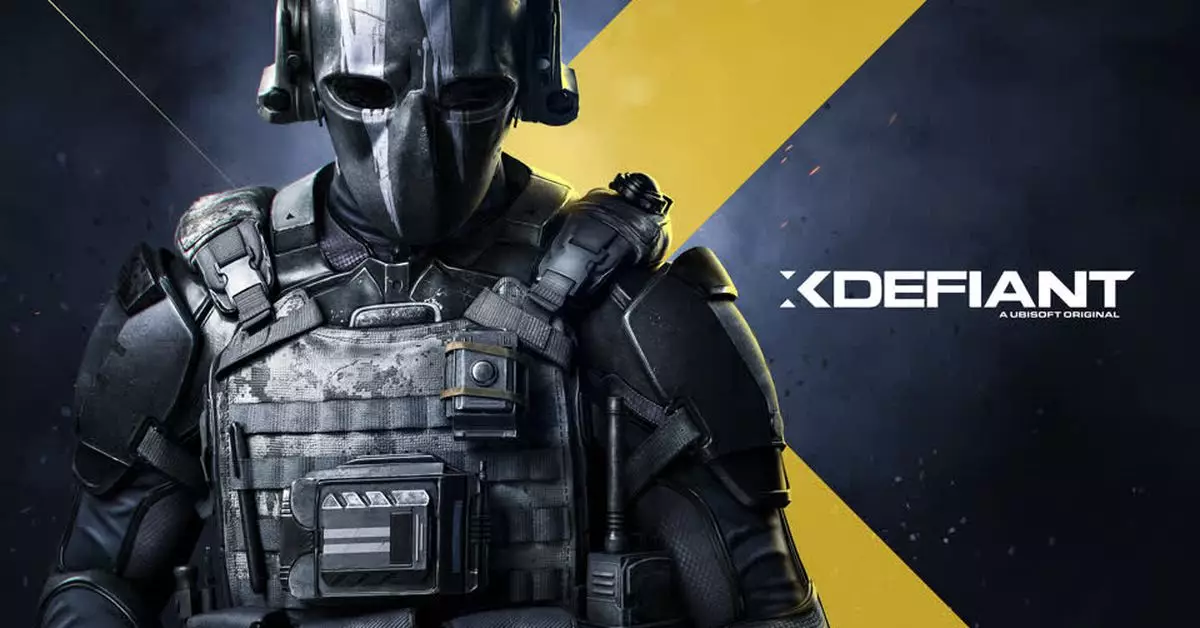Ubisoft’s recent announcement regarding the discontinuation of XDefiant has sent shockwaves through the gaming community. Originally launched in the spring of this year, this free-to-play, team-based shooter appeared to have great potential, boasting impressive player numbers during its beta phase. With the harsh reality of its swift demise, XDefiant serves as a cautionary tale about the volatile nature of the gaming industry and the difficulties of maintaining player engagement in an ever-evolving market.
When XDefiant was unveiled, Ubisoft projected an optimistic outlook. Following a closed beta that attracted over a million players, industry buzz suggested that the game could be a significant contender in the competitive shooter genre. The initial player numbers were promising, with over ten million players reportedly joining within just two weeks of its official release. Such figures could easily lead one to believe that the game was on its way to success; however, the reality turned out to be much less stable.
Despite a strong start and bold statements from Ubisoft about the game’s revenue and engagement, XDefiant’s player base began to dwindle rapidly. Reports from sources like Insider Gaming indicated that concurrent player numbers had dropped beneath 20,000, a stark contrast to the initial success. This sharp decline raises questions about the game’s core mechanics, matchmaking systems, or potential content vaults—challenges that can quickly alienate potential players in a fast-paced gaming landscape.
Ubisoft’s decision to sunset XDefiant also means that the game will cease to accept new players as of this announcement, with server operations slated to end in June 2025. Current players may feel a sense of frustration or betrayal, having invested time and, for some, money, into a game that offered such promising beginnings. While Ubisoft has promised to keep game functions available for those who joined before December 2024, the overall sentiment may lean towards disappointment rather than satisfaction.
The closure of XDefiant not only highlights the challenges that Ubisoft faces in maintaining a sustainable game but also reflects broader trends within the gaming industry itself. As developers face the dual pressures of financial sustainability and player engagement, it becomes crucial to anticipate player needs and address them effectively right from the start. The rise and fall of XDefiant remind us that even great potential can turn quickly, revealing the unpredictable nature of gaming success. The industry must take these lessons seriously, as retaining a dedicated player base becomes increasingly critical amid ever-changing gaming landscapes.


Leave a Reply